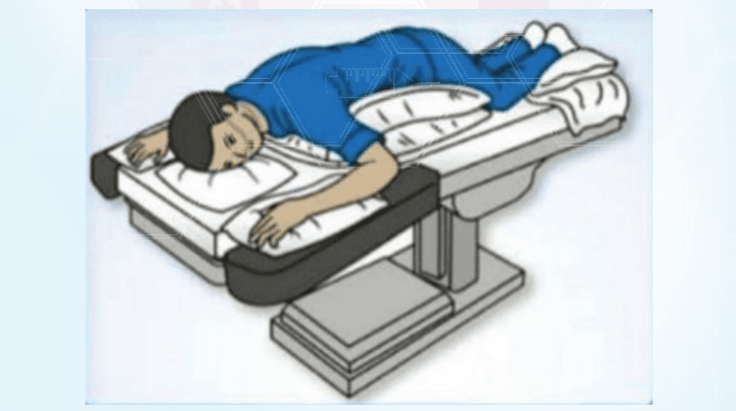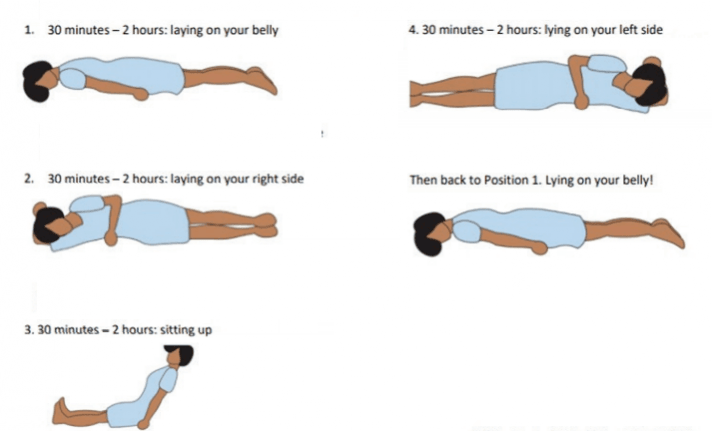As COVID-19 tightens its grip, India gasps for a breath of fresh air. An acute shortage of oxygen across the country has posed a serious challenge in critical patients. Hospitals running out of medical oxygen are tweeting for help after exhausting all possible means. In this situation, precaution at early stages of COVID is an essential combat mechanism. That's only second to taking all the precautions to stay safe by staying indoors, maintaining hygiene, social distancing and double masking.
Identifying COVID symptoms early on and taking necessary precautions can be life-saving in most cases. Monitoring SpO2 or oxygen saturation levels in case of COVID or COVID-like symptoms is extremely important. Healthy adults will have a saturation of 96-98 percent and elders with comorbidities will have 94% or more. Marginal drop in oxygen saturation, of around 3-4% from baseline, will recover as the lungs heal from infection. But it is important to maintain safe oxygen levels, which is why a well-tested method of proning is highly-recommended.

What is proning?
Proning is a medically approved position to help improve oxygen saturation levels in COVID patients and improves breathing comfort. Proning has its immediate benefits. With the help of proning exercise, COVID patients might not require additional oxygen support. In proning, a person is made to lie on their abdomen with supporting pillows.
Proning positions explained
A person trying proning position should lay flat on stomach with one pillow below the neck, one or two pillows below the chest through upper thighs and two pillows below the shins. One must not spend more than 30 minutes in each position. One can also lie on their right side, left side or sit at a 60-90 degree angle in the fowler position.
In case of self-proning, one can alternate between different positions as shown below:

One may prone for up to 16 hours a day in multiple cycles. But do so only as much as easily tolerable.
When to avoid proning?
In case of the following conditions, proning should be avoided:
- Pregnancy
- Deep venous thrombosis (treated in less than 48 hours)
- Major cardiac conditions
- Unstable spine, femur, or pelvic fractures
- Avoid proning after meals














